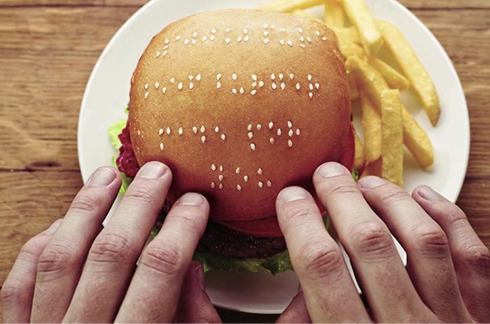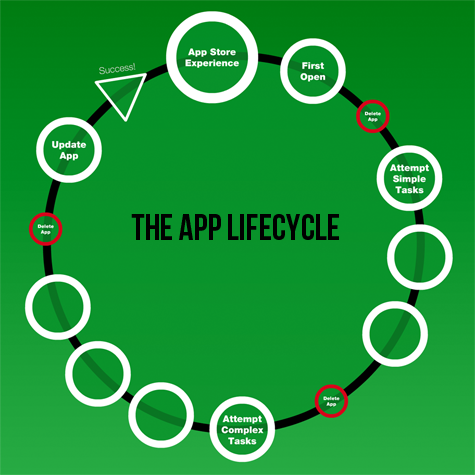A nice little video documentary about photography in the era of Instagram.
I trust that the creative eye will continue to function, whatever technological innovations may develop.
– Ansel Adams
Via CNN
We appreciate that less is usually more, yet stuff our sites to bursting point, failing to be economical with what we have.
We must know when to stop, and when to throw things out. We should embrace simplicity and subtlety, and exploit the invisible.
Through timeless lessons and practical examples, learn how reduction and restraint can improve communication, emotion, and experience in our designs, with a philosophy applicable to every aspect of the systems we produce.
by Simon Collison
Inspiring design identity story behind Samsung Galaxy S III design.

Google Now is just beautifully crafted “minimal designed” and getting enough aspects of strong mobile design.
This presentation by Rachel Hinman is loaded with lots of insight thought on Mobile Prototyping essentials.
Nice presentation by Stephanie Rieger

The story behind Corning’s Vision of “A Day Made of Glass 2”.
See the above video, how Corning’s highly engineered glass, with companion technologies, will help shape our world.

Wimpy, a restaurant found an interesting way to let visually impaired customers know that they have Braille menus handy in all of their locations. To spread the word they made impressions of Braille messages on hamburger buns, with words spelled out in sesame seeds.
A video promoting the effort shows Wimpy sandwich artisans using tweezers to painstakingly place each individual seed on each bun. The specialized burgers bearing various messages about burger authenticity (“100% pure beef!”) were brought to three Braille institutions for future customers to enjoy.
Awesome idea 🙂
I just have one word WOW, a product which can save our nature, called “The Nest” a Futuristic self learning thermostat product by Tony Fadell, Apple’s former Senior Vice President of the iPod Division, oversaw iPod and iPhone development between 2001 and 2009.
“It’s a thermostat for the iPhone generation,” says Fadell. Aside from its striking looks and color-coded, digital display, the Nest thermostat boasts impressive features. For example, a motion sensor notices if there are people in a room and adjusts its temperature accordingly. It also learns your habits and preferences, so there’s no programming to be done.
“The interface is crisp and clear, similar to iPhone apps, and the hardware sports a retro-future look. Guests will play with it.”

“Purchasing apps is very different from making most purchases. When shopping for a hammer, I can go into a physical store, pick up the hammer, examine its grip and head, and even swing it to get a feel for its balance. Shopping for an app involves a certain amount of blind faith. Neither the Apple App Store nor the Android Market provides any way of trying out an app before purchasing it. Amazon does allow Test Drives in a browser-based emulator for some apps, but an emulator experience is a far cry from the actual device experience. Building a great app experience may not result in a download, so it’s important that the app store experience be a designed experience.â€
Via uxmatters
The Value of Data Visualization makes a compelling case for how infographics exploit visual clues like color, size, and graphic orientation to help us understand complex stories.
Nice Concept for future of payments by PayPal!

“So you built an app. People can take your brand anywhere they go. But do they? And where do you go from here? Have apps delivered the value you expected from mobile? “
An article worth reading by punchcut if you don’t just want to join a App Race. It’s important to understand holistic mobile strategy beyond a one-off killer app.